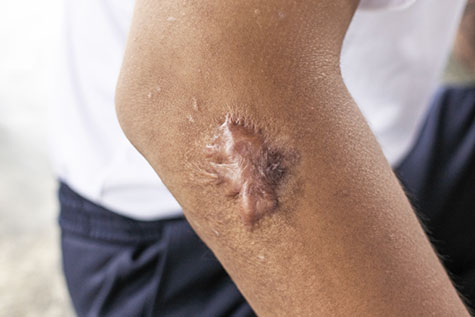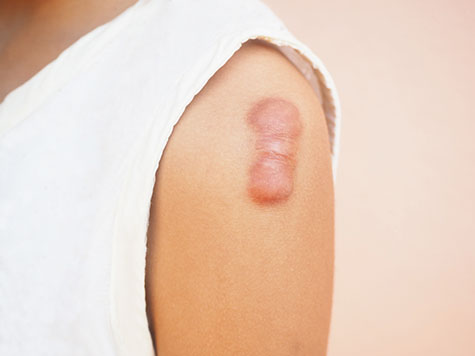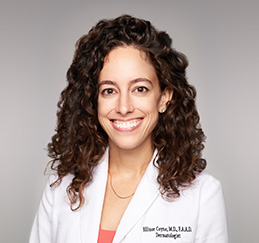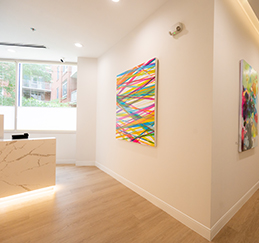What Causes Keloids?

Keloids are a type of raised scar that grows beyond the size of the original wound. If an individual is susceptible to keloids, virtually any injury can result in a keloid. You might develop a keloid after:
- Surgical incisions
- Cuts, abrasions, or puncture wounds
- Tattoos or piercings
Who Gets Keloids?
You may be more prone to keloids if you fall into the following categories:
- Hispanic, African, or Asian descent
- Family history of keloids
- Between 10-30 years old
Why Treat Keloids?
While keloids do not typically indicate a more serious health condition, they can sometimes cause pain or itching, which treatment can relieve. Often, our patients simply want to remove keloids for cosmetic reasons. If this desire applies to you, you should schedule an appointment with a board-certified dermatologist.
How Can I Prevent Keloids?
Once you know that you are prone to keloids, you can discuss this tendency with surgeons in the future to help reduce your chances of developing new keloids after surgical incisions. Caring for wounds by thoroughly washing them and wearing adequate sun protection can also help to prevent keloids or the discoloration associated with them. If you notice a new keloid developing, your dermatologist at Arlington Dermatology may also recommend a pressure garment or silicone sheet to minimize the scarring.
How Can I Treat Keloids?

Your dermatologist will usually diagnose a keloid after a simple visual exam. Then, treatment may vary depending on your priority. For example, your dermatologist may ask you whether you are most concerned with pain or itching, cosmetic appearance, or if you want to wear jewelry in a piercing that has a keloid.
Depending on your symptoms and priorities, your dermatologist may recommend one or a combination of the following keloid treatments:
- Corticosteroid injection
- Surgical removal
- Pressure garments, dressings, or earrings
- Silicone sheets or gels
- Laser treatment
- Cryotherapy

Schedule an Appointment
Whether you have new keloids that you would like to be evaluated and treated or you are prone to keloids and are looking for ways to prevent them, the board-certified dermatologists at Arlington Dermatology can help you develop an effective, personalized treatment plan.
To schedule your appointment at Arlington Dermatology, call our office or request an appointment online.


